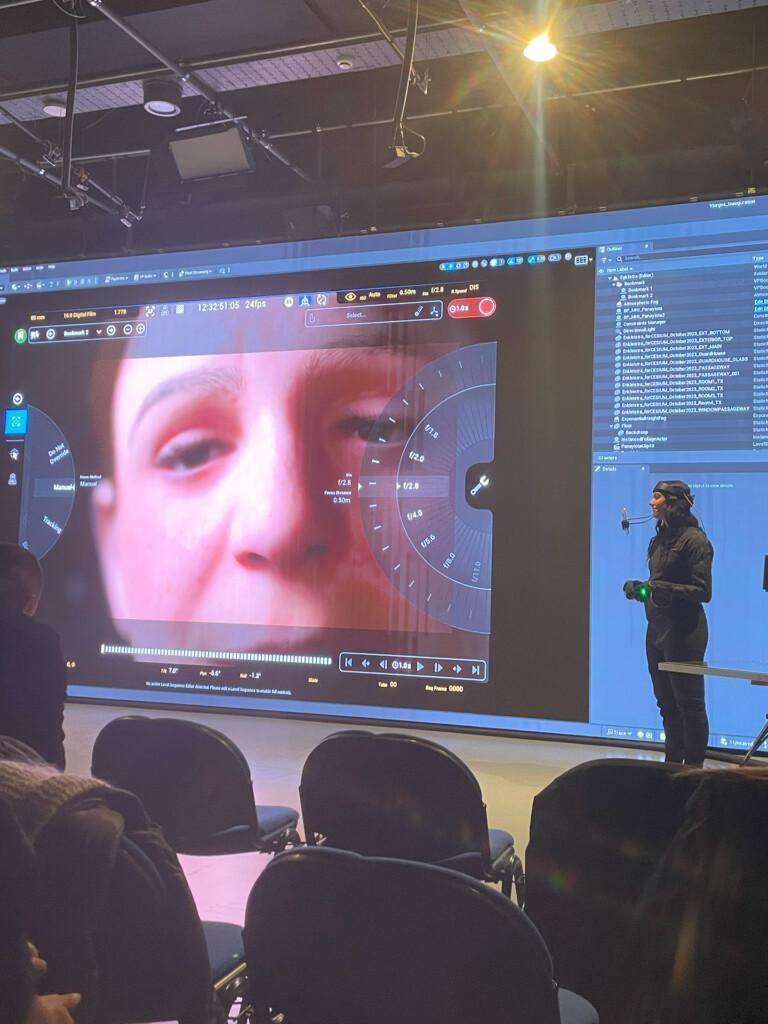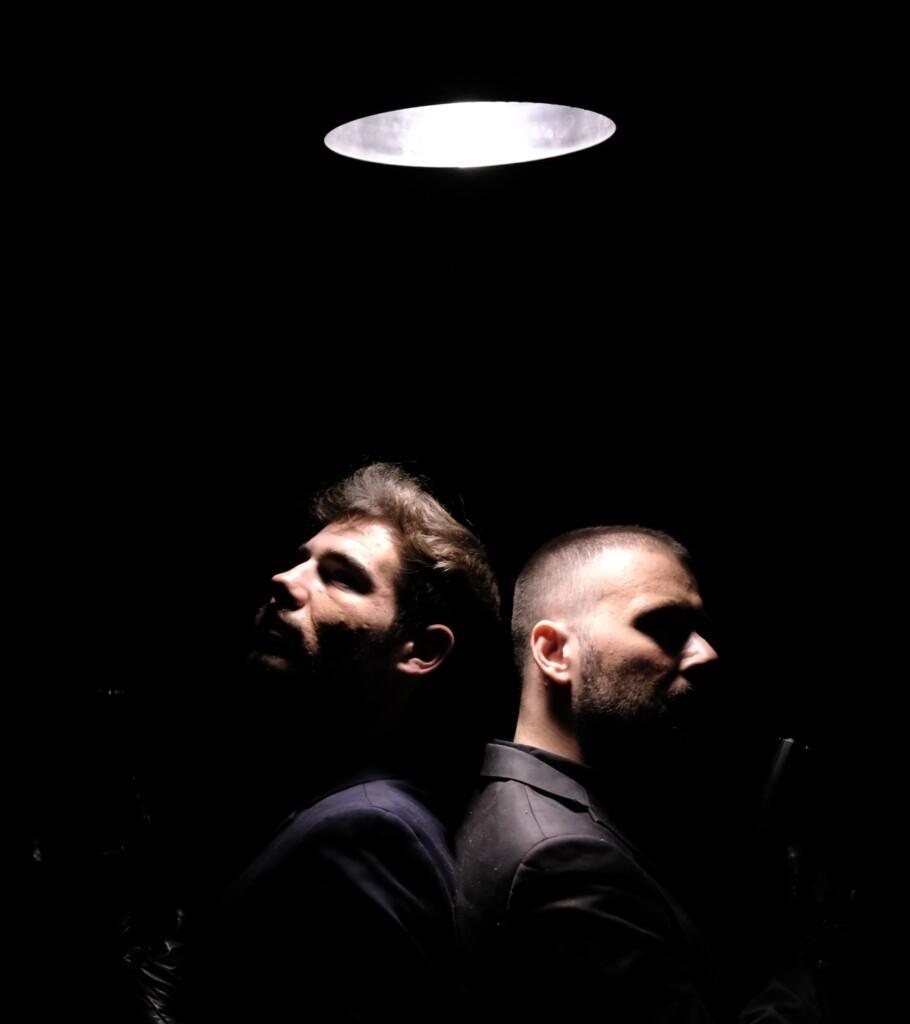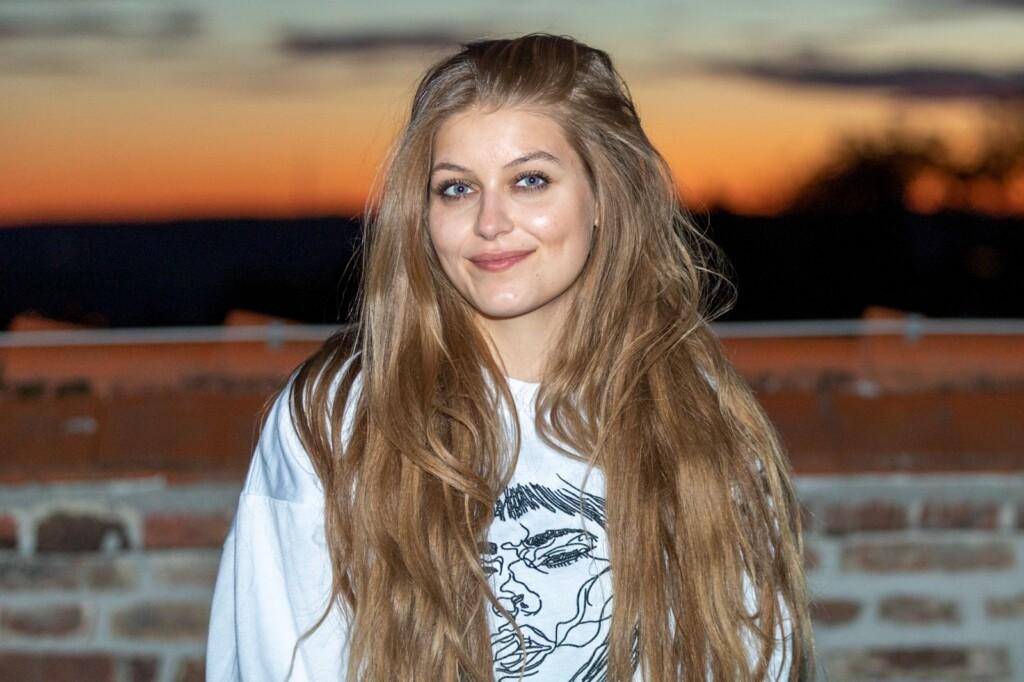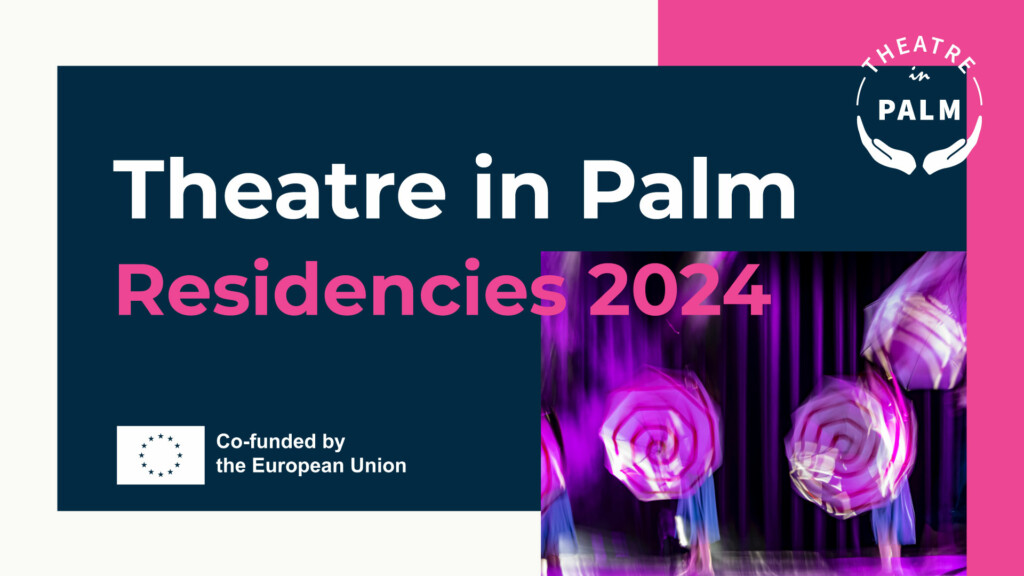TIP in Cyprus: Exploring Extended Reality (XR) in the Performing Arts: A Groundbreaking Workshop at Theatro Polis

On Monday, November 18, 2024, Theatro Polis in Nicosia hosted a pioneering workshop titled Exploring Extended Reality (XR) Technologies in Performing Arts, bringing together professionals from the performing arts to delve into the transformative potential of XR technologies. Co-organized by the Cyprus Theatre Organization (THOC) and the CYENS Center*, this event offered a deep dive into the world of Virtual Reality (VR), Augmented Reality (AR), and Mixed Reality (MR), exploring how these technologies can be integrated into the creative processes of artists, designers, directors, and technicians.
Introduction to XR Technologies in Art and Culture
The workshop began with a warm welcome and opening remarks by Dr. Pantelis Voutouris, Chairman of the Board of THOC, and Dr. Ioanna Chatzikostis, Director of the Department of Contemporary Culture. Their opening speeches set the stage for the day’s discussions, highlighting the relevance and importance of embracing new technologies in the ever-evolving world of the performing arts.
Panagiotis Charalambous kicked off the session with a detailed introduction to XR technologies, providing participants with a broad understanding of how VR, AR, and MR are reshaping the creative landscape. Charalambous demonstrated several technologies in action, emphasizing their potential to enhance artistic expression and offer innovative solutions to challenges in live performances. For instance, XR technologies could help overcome traditional limitations like the issues associated with green screen technology in film production, offering more immersive, interactive, and flexible environments.
Pioneering the Future of Theatre: Virtual Production and XR Integration
The next session featured Kleanthis Neokleous, who shared insightful examples of XR applications in theatre, showing how these technologies have already started to revolutionize performance spaces. Neokleous outlined several relevant projects that have integrated VR and XR to create virtual sets and immersive experiences. He highlighted how virtual production allows for the construction of sets that would have been impossible or cost-prohibitive to achieve in the physical world, while offering more dynamic interaction and real-time adjustments during rehearsals or live performances.
This was followed by a hands-on demonstration of virtual set design and the integration of XR technologies in theatre. Neokleous illustrated the process of designing and building virtual sets in real-time, showing how XR can help create dynamic, environmentally conscious productions that reduce the need for physical resources and the carbon footprint of traditional theatre.
XR and the Green Theatre Movement
One of the key highlights of the workshop was the discussion on how XR technologies, particularly in virtual set design, could lead to a greener, more sustainable theatre industry. By replacing physical set construction with digital environments, the workshop explored how XR could drastically reduce waste and resource consumption, making theatre more eco-friendly without compromising on artistic vision.
The concept of creating digital twins—digital replicas of real-world objects or spaces—was introduced as a potential game-changer in preserving and digitizing artistic spaces and artifacts. This aligns with efforts to create the first VR production studio in Cyprus, aiming to build a digital archive that will preserve cultural heritage while offering new ways to experience and interact with art.
The PREMIERE Project: Enhancing Accessibility and Creativity
A major focus of the workshop was the introduction to the PREMIERE project, a groundbreaking initiative led by CYENS. The project is designed to broaden accessibility, enhance understanding, and enrich the creative process of performing arts through XR technologies.
The PREMIERE project aims to create a 3D virtual theatre where artists and performers can collaborate, rehearse, and perform remotely in real time using VR. One of the central goals is to design virtual scenography, allowing for a limitless range of creative possibilities. As part of this project, live performances will be enhanced with VR, and performances will be archived for future accessibility.
Use cases presented during the workshop highlighted how this innovative approach could be applied to:
1. Dance and theatre archives—capturing performances in virtual space for preservation and future study.
2. Live performances enhanced with VR—integrating virtual elements to elevate live shows, creating immersive, interactive experiences for audiences.
3. Virtual co-creation and rehearsal spaces—allowing artists to collaborate and rehearse remotely, breaking geographical barriers.
4. Artistic creation using AI and VR—pushing the boundaries of creativity by combining artificial intelligence with XR technologies to generate new, experimental art forms.
The PREMIERE project is set to be completed in one year, offering a glimpse into a future where XR and AI become integral components of the performing arts, fostering new methods of creation and artistic collaboration.
Overcoming the Fear of Technology: Addressing Artist Concerns
Throughout the day, one of the most pressing questions that emerged was how to convince artists that these new technologies won’t replace their roles but instead expand their creative horizons. The workshop addressed this concern by focusing on how XR technologies can be used to enhance rather than replace human artistry. Experts emphasized that XR offers new tools for storytelling, design, and performance, not a substitute for the talent and vision of artists. By engaging with these technologies, performers and creators can continue to push artistic boundaries while maintaining the core of their craft.
Conclusion: A New Era for the Performing Arts
The Exploring Extended Reality in Performing Arts workshop at Theatro Polis was an eye-opening experience for those attending. It offered a glimpse into the future of theatre and performance, where technology and creativity merge to create new possibilities. From virtual sets to live performances enhanced with VR, the workshop showcased how the integration of XR could revolutionize the way performances are conceived, produced, and experienced.
As the workshop concluded, it was clear that XR technologies are not just a trend but a new way to create, collaborate, and share art. With the completion of the PREMIERE project on the horizon, Cyprus is poised to be at the forefront of this digital revolution in the performing arts.
* CYENS is a Research and Innovation Centre specializing in Interactive Media, Smart Systems, and Emerging Technologies. CYENS is the only organization in Cyprus focusing on immersive technologies working towards empowering knowledge, and technology transfer in the region. CYENS is a joint venture of three public universities, the University of Cyprus, Cyprus University of Technology, and the Open University of Cyprus, and two international partners, Max Planck Institute for Informatics, and University College London. CYENS is funded by Horizon 2020 and the Government of the Republic of Cyprus and is coordinated by the Municipality of Nicosia.



